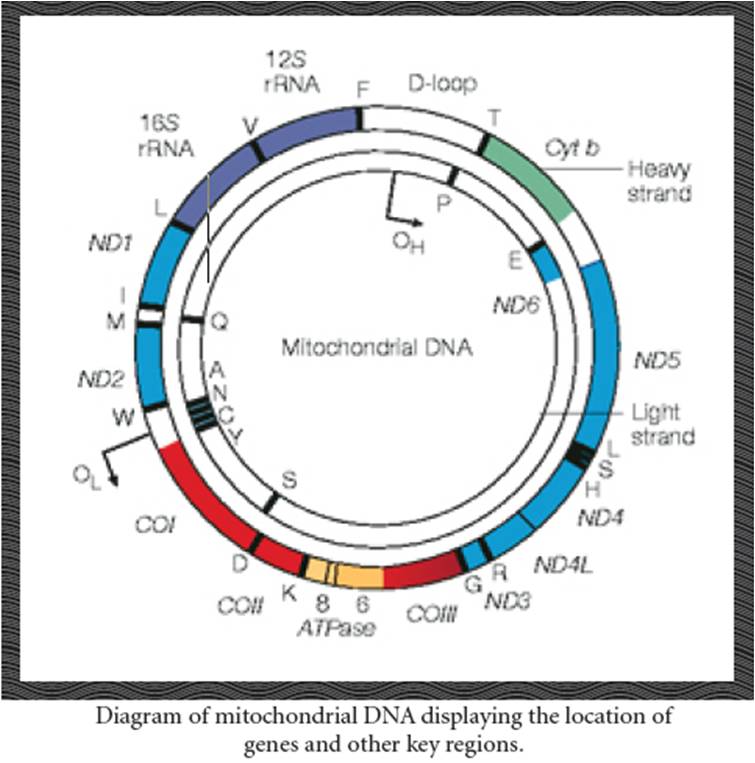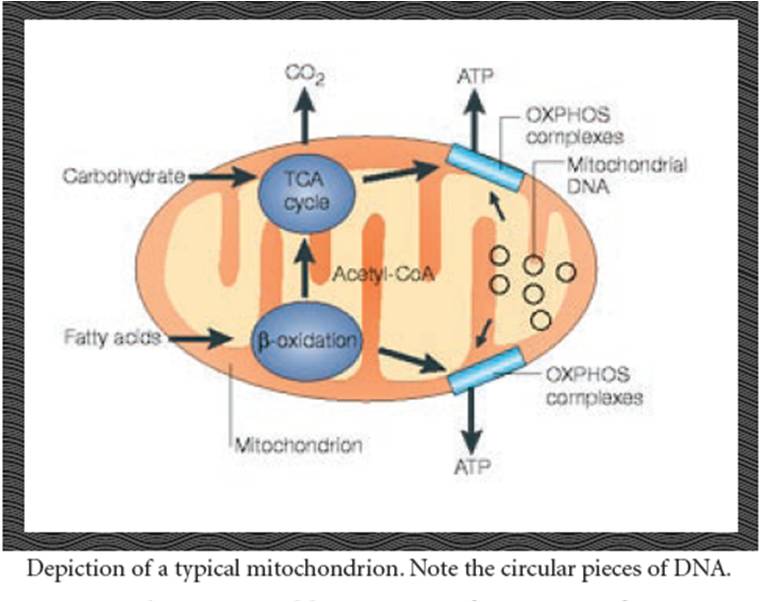Status Update: The Latest on Neanderthals
When I signed on to Facebook several months ago to keep track of my daughters’ online activity, something unexpected happened: I got hooked.
Classmates from high school and college found me, and I reconnected with old friends from Cincinnati. I was “friended” by people from the church I attend and linked up with a network of people who follow and support Reasons To Believe.1
The best part of Facebook is the availability of status updates. Just a few minutes online provides daily snapshots of the important (and not-so-important) happenings in the lives of my friends, old and new. I also enjoy the occasional question about science-faith issues posted on my wall. One friend regularly sends me queries about human origins and the hominids. Here are some of the issues she has raised:
I am still confused about human evolution. I have a hard time reading some of this stuff and looking at pictures of the hominids and thinking they are any different from us. Can you shed light in any way? I am still in a stick about Neanderthals. The Neanderthal is turning more human-like every day. What do we do about this?
Many people regard the hominids as powerful evidence for human evolution. Such creatures are tauted as transitional intermediates linking an ancient primate to modern humans. In his latest book, The Greatest Show on Earth, evolutionary biologist Richard Dawkins argues that the hominid fossil record provides exactly the type of evidence needed to substantiate the notion that humans evolved.
RTB’s Model and the Hominids
RTB’s biblical creation model takes a different view of the hominids found in the fossil record. This model maintains that the hominids are unique animals, created by God’s direct intervention, not the outcome of blind, natural processes. Accordingly, these creatures existed for a time and then went extinct. RTB’s model considers the hominids to be remarkable creatures that walked erect and possessed some (limited) level of intelligence and emotional capacity. These characteristics allowed the hominids to employ crude tools and even adopt some level of “culture” much like baboons, gorillas, and chimpanzees. The RTB model posits that such creatures were made by God’s divine fiat, but they were not spiritual beings made in His image––a status assigned exclusively to modern humans.
This model treats the hominids as analogous to, but distinct from, the great apes. It predicts that anatomical, physiological, biochemical, and genetic similarities exist to varying degrees among the hominids and modern humans, and yet biological differences distinguish humans from the hominids. And because the hominids were not made in God’s image, the model anticipates that these animals are also distinct from modern humans in their cognitive capacity, behavior, “technology,” and “culture.”
The Neanderthal Test
Neanderthals provide an excellent opportunity to evaluate the RTB model. In contrast to the other hominids, for which we have sparse fossil evidence, Neanderthals left abundant remains and a rich archeological record. As an added benefit, Neanderthals appeared late in the fossil record, and their existence overlapped with modern humans for a period. They had large brains, and if any hominid had a close biological and behavioral tie to modern humans, it would be the Neanderthal.
Status Updates
Even though Neanderthals don’t have a Facebook page, it is still possible to get status updates about them. Two recent scientific reports provide important insights to Neanderthals’ biology and behavior. These latest snapshots confirm earlier research results and at the same time provide added support for the RTB human origins model.
One study, reported by a team of scientists from Germany, involved the recovery and analysis of DNA sequences of the complete mitochondrial genome retrieved from remains of five Neanderthals.2 This work paved the way for ongoing comparative analyses with human DNA.

Another landmark article, discussed in my book Who Was Adam? appeared in the journal Cell in 1997.3 German researchers compared a fragment of Neanderthal mitochondrial DNA (painstakingly recovered from a 40,000- to 100,000-year-old skeleton found in West Germany) with the corresponding fragment of human DNA. This comparison showed that Neanderthals made no contribution to the genetics of modern humans. In fact, they appeared to be a distinct species, as the RTB model predicts.
Over the past decade paleoanthropologists have isolated this same sequence of DNA from about 15 other Neanderthals. All gave the same result as the first. These preliminary studies indicated that Neanderthals were clearly a distinct species and that they did not evolve into modern humans.
Still, paleontologists were limited in their study of Neanderthal mitochondrial DNA because the techniques allowed them to sequence only relatively small fragments of ancient DNA. Two years ago, however, new DNA sequencing technology was introduced that expanded possibilities for the characterization of ancient DNA. In 2008, an international team of collaborators applied this cutting-edge technology to sequence for the first time the entire Neanderthal mitochondrial DNA genome.4 A more recent study has extended this work to generate the entire mitochondrial genome sequence of five Neanderthals. The specimens spanned the Neanderthal geographical range and much of the time range in which Neanderthals existed (38,000 to 70,000 years ago).
The latest research confirms that Neanderthal mitochondrial DNA falls outside the range of human variation. In fact, this more comprehensive understanding of Neanderthal DNA indicates a greater genetic difference between humans and Neanderthals than do the smaller mitochondrial DNA fragments. The analysis of the five mitochondrial genomes shows that the genetic diversity of Neanderthals is about one-third that of modern humans. This result can be explained if Neanderthal populations remained small, and may explain why these hominids went extinct. Small population size also decreases the likelihood that Neanderthals and humans ever interbred. If there were relatively few Neanderthals, their chances of encountering the small number of modern humans who first made their way into Europe would have been remote.
A second study performed by American scientists made use of different forms (isotopes) of carbon and nitrogen from bone collagen (fibrous protein in bones) to determine the sources of protein in Neanderthal and early human diets.5 This work is a follow-up to an earlier study reported in 2001.6
This research reveals that the protein in the Neanderthal diet came almost exclusively from consumption of terrestrial herbivores. By contrast, the first humans (living 30,000 to 40,000 years ago) consumed a wide variety of foods from freshwater wetlands, sea coasts, and dry terrestrial regions––fish, mollusks, fowl, and terrestrial herbivores.
The most recent work confirms these findings and indicates that at the time of their earliest appearance, humans displayed a far greater proficiency in obtaining food from their environment than did Neanderthals.
The dietary difference likely reflects an important disparity in cognitive capacity. Early human ability to access protein from a wide range of sources suggests superior intelligence. Neanderthals apparently lacked the wherewithal to adjust their diet as circumstances demanded. This factor, too, could account for their extinction.
Taken together these discoveries strongly support the view, from a creation model standpoint, that Neanderthals were created by God but as a life-form distinct from modern humans. And, though made by God, Neanderthals did not share in a unique human gift––the image of God. These updates I’d like to post on my friend’s wall.
Endnotes
- To become my Facebook friend go to https://www.facebook.com/fuzrana. To become a fan of RTB look for RTB_official.
- Adrian W. Briggs et al., “Targeted Retrieval and Analysis of Five Neanderthal mtDNA Genomes,” Science 325 (2009): 318-21.
- Matthias Krings et al., “Neandertal DNA Sequences and the Origin of Modern Humans,” Cell 90 (1997): 19-30.
- Richard E. Green et al., “A Complete Neandertal Mitochondrial Genome Sequence Determined by High-Throughput Sequencing,” Cell 134 (2008): 416-26.
- Michael P. Richards and Erik Trinkaus, “Isotopic Evidence for the Diets of European Neanderthals and Early Modern Humans,” Proceedings of the National Academy of Sciences, USA 106 (2009): 16034-39.
- Michael P. Richards et al., “Stable Isotope Evidence for Increasing Dietary Breadth in the European Mid-Upper Paleolithic,” Proceedings of the National Academy of Sciences, USA 98 (2001): 6528-32.







